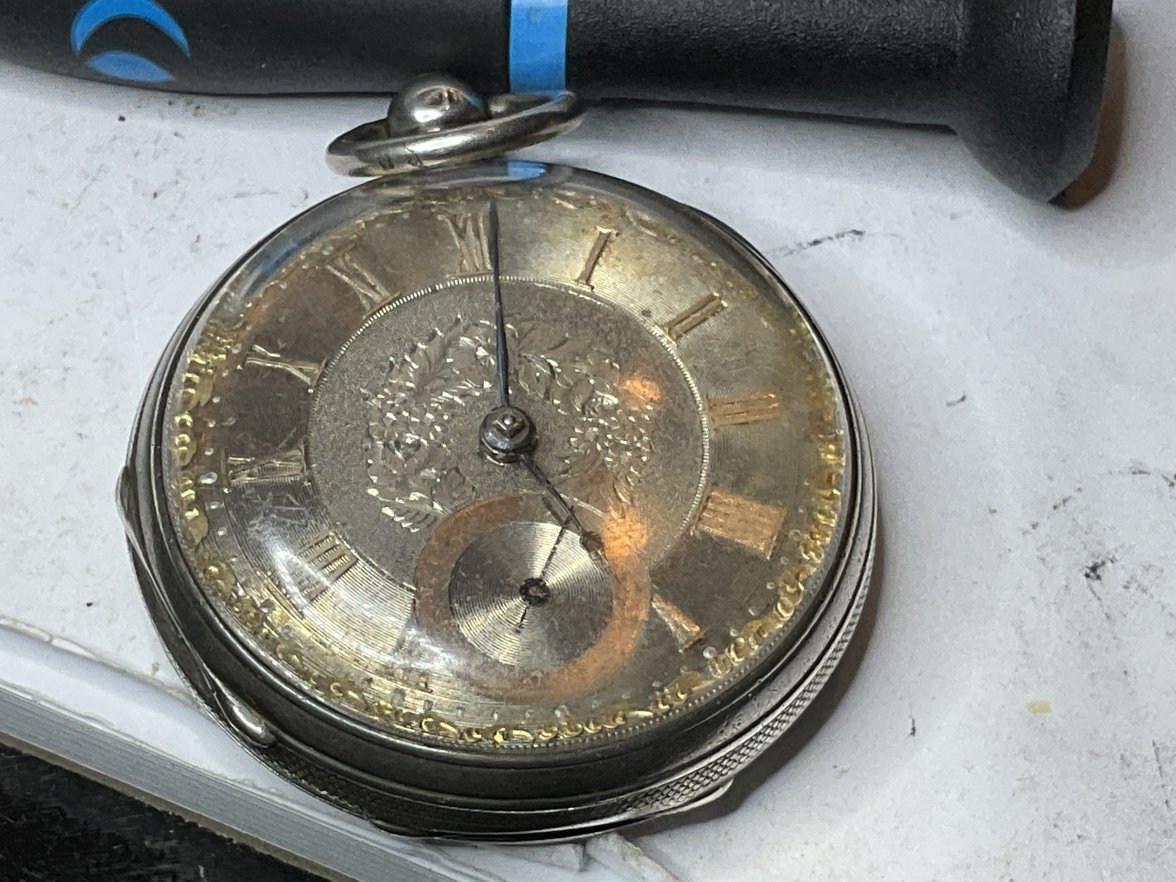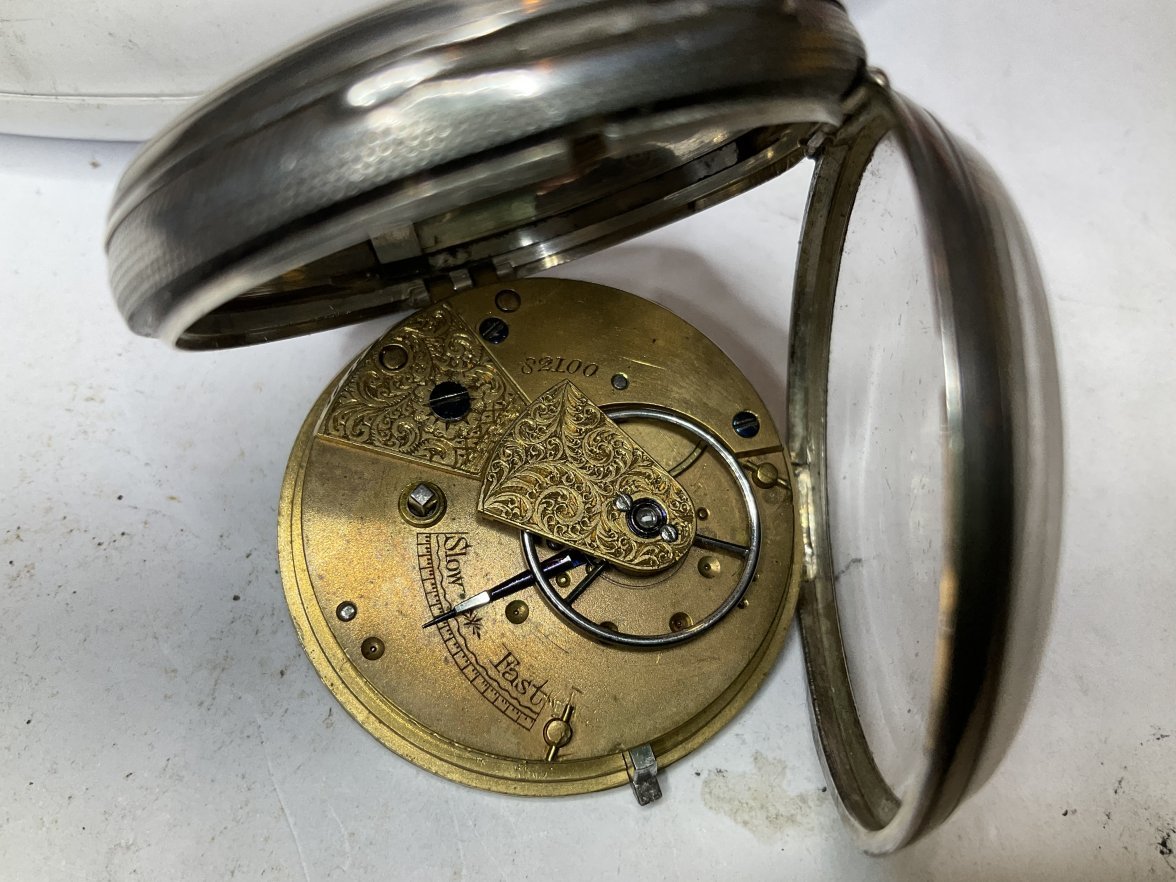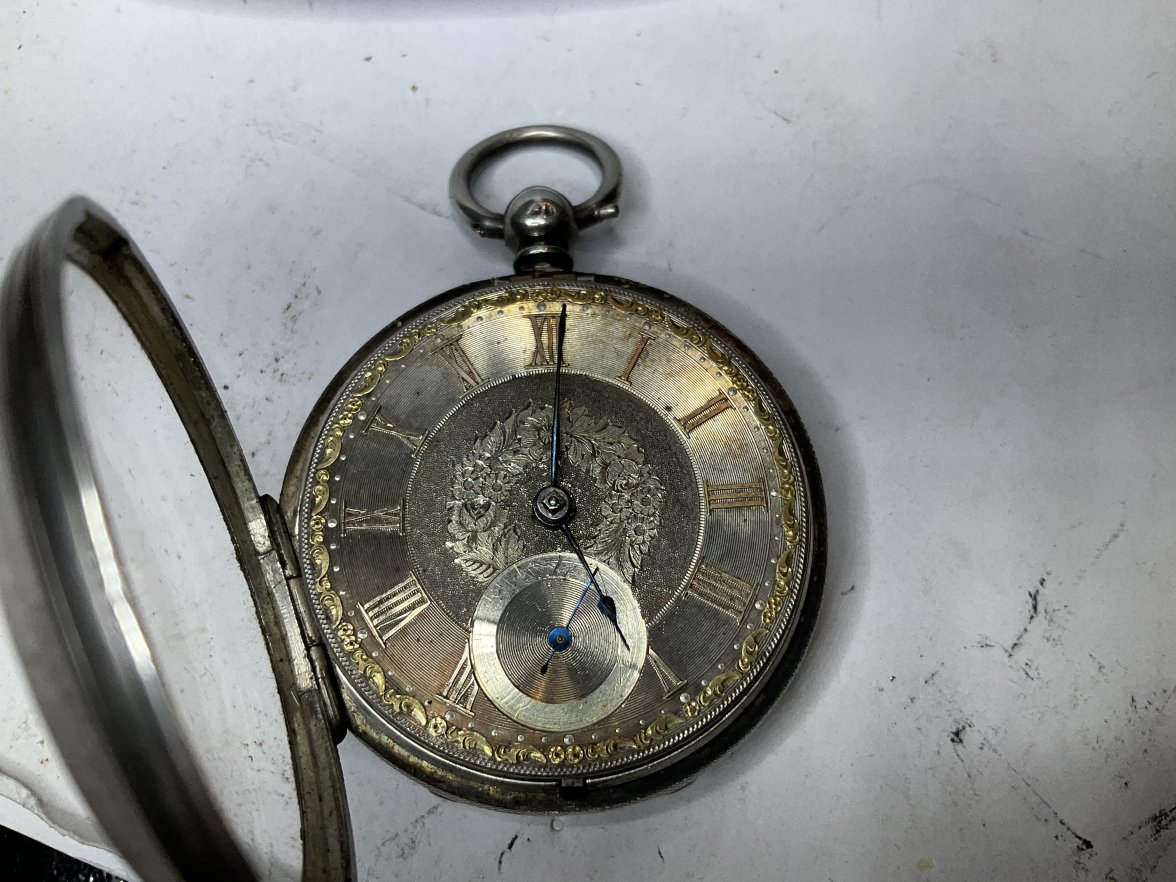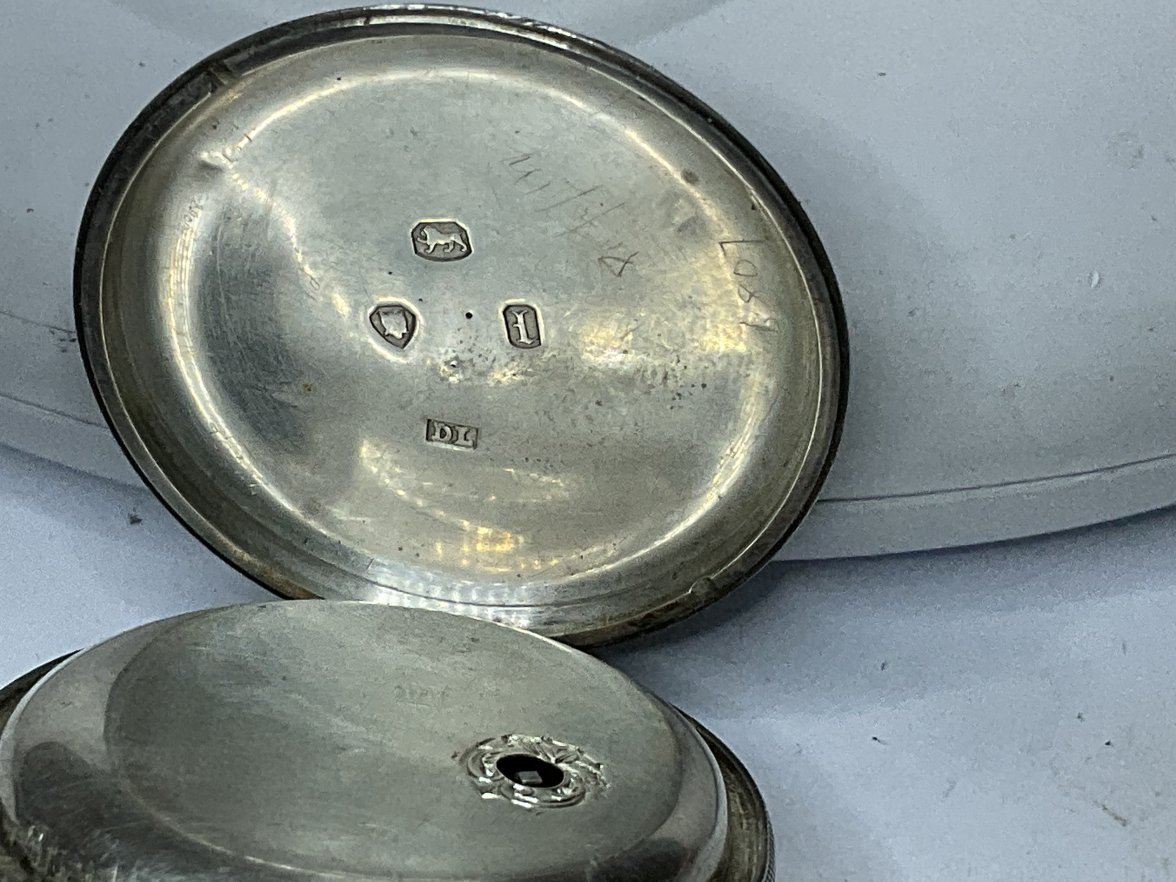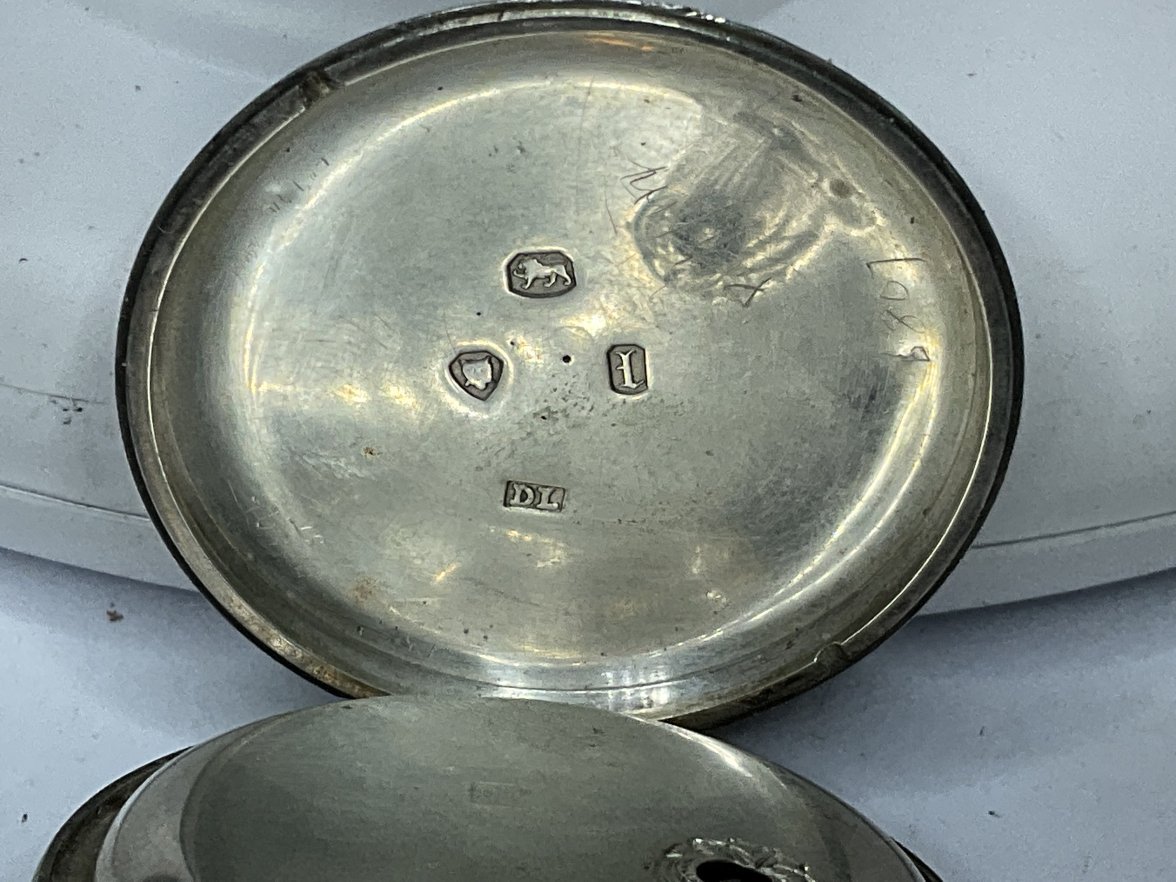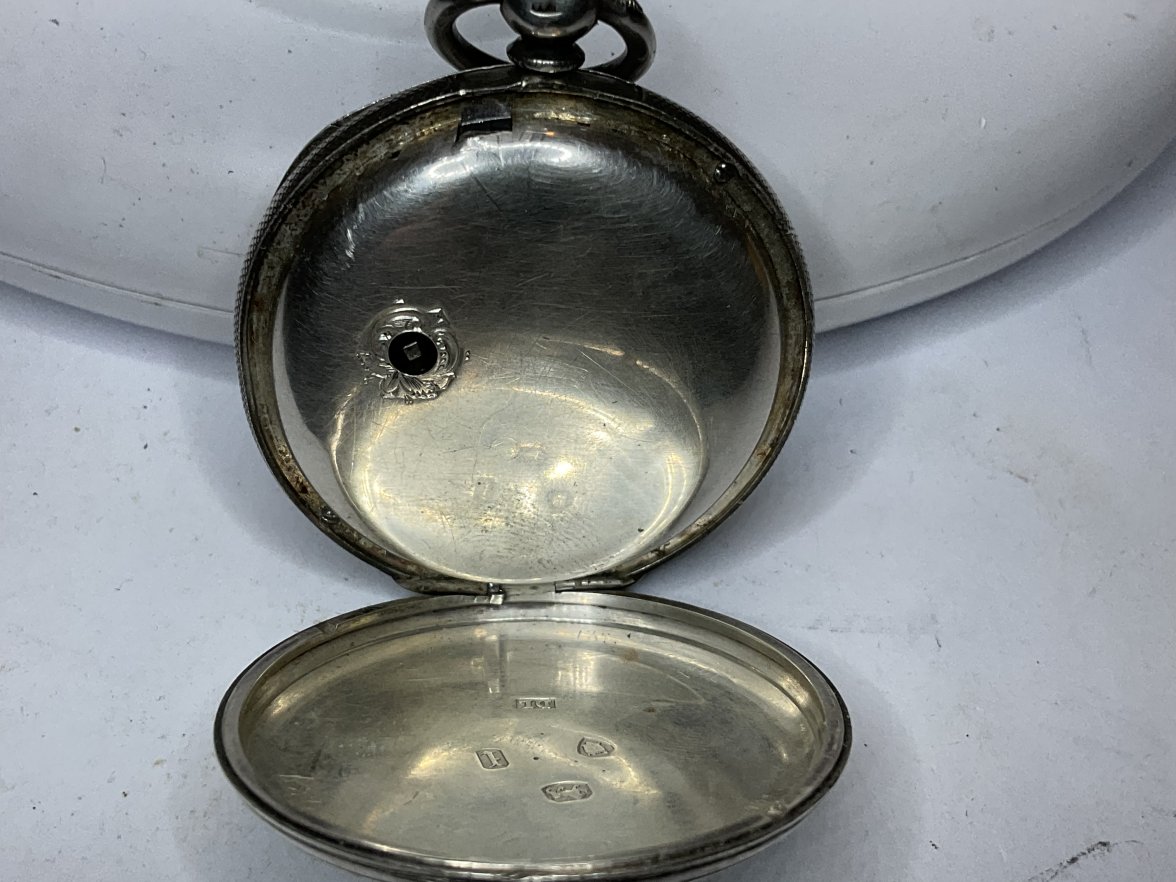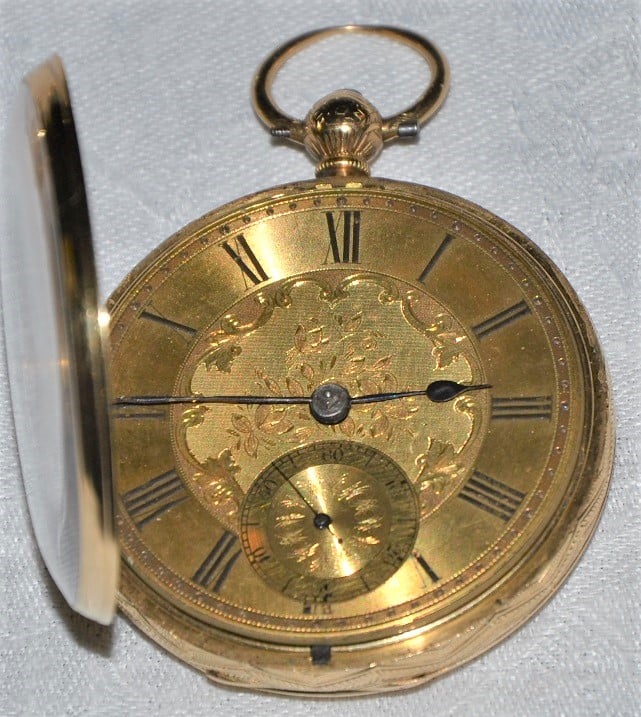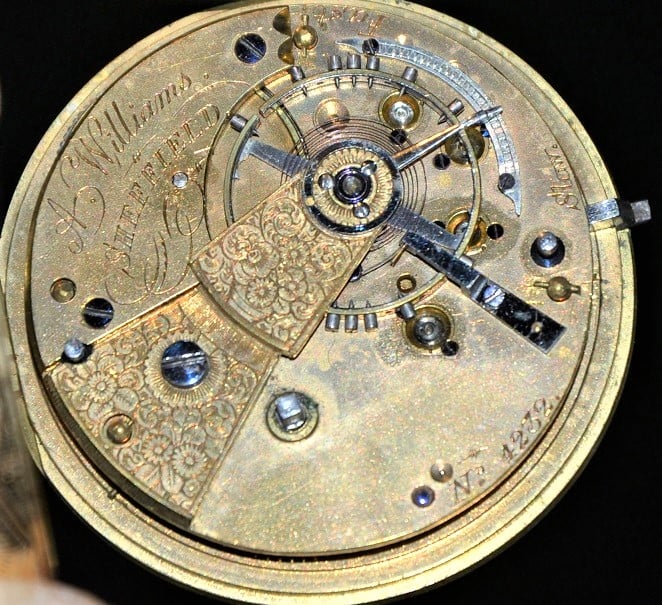Pastorbottle
·I recently acquired this nice old pocket watch, as a repayment of a debt, poor bugger never has any money and offered this in lieu of payment.
It doesn’t really owe me much, @ AUS $200 and I figured I don’t much care if I lose on the deal.
I helped out a friend in need and got a pretty bauble for my trouble.
It needs a new main spring and a good clean, I know bugger all about it’s history as my friend found it for sale in an Op shop (charity shop / goodwill store to those of you not in Oz) And it has the key.
So what is it? Is it any good?
It doesn’t really owe me much, @ AUS $200 and I figured I don’t much care if I lose on the deal.
I helped out a friend in need and got a pretty bauble for my trouble.
It needs a new main spring and a good clean, I know bugger all about it’s history as my friend found it for sale in an Op shop (charity shop / goodwill store to those of you not in Oz) And it has the key.
So what is it? Is it any good?
